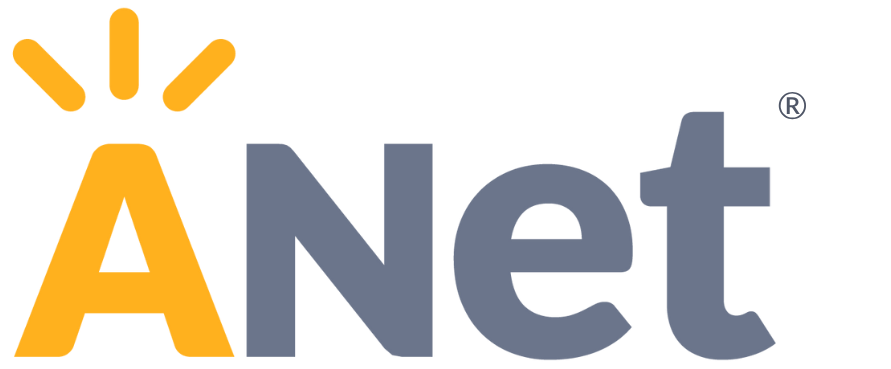We’ve all been there—you’re in a professional development session, wondering, “How does this relate to what I’m working with my students on this month?” or “How will this help me become a better teacher?” When schools approach professional development through the lens of their instructional priorities, teacher improvement becomes a continuous cycle of learning and progress can be gauged over time.
Start by determining an instructional priority with clearly defined "look-fors" to ensure teachers and leaders share a vision for what great instruction looks like. But what determines the success of this priority is how it is pursued. Schools that advance teachers toward this vision every chance they get—through observation and feedback, during planning or data meetings, or in professional learning sessions. When leaders seize every opportunity to develop teachers toward the school’s instructional priority, improvement feels cohesive and relevant, and becomes an invaluable part of what it means to be a teacher.
- Work with teachers to set individual goals aligned to the instructional priority.
- Devote a portion of planning and/or data meetings to teacher knowledge- or skill-building aligned to the instructional priority.
- Look for evidence of newly learned skills or strategies in teachers' lesson and unit plans.
- Prioritize look fors aligned to the instructional priority when observing instruction.
- Use the instructional priority and the related look fors to guide post-observation debriefs.
Watch this video to hear how Robby Chisholm, principal at Condon Elementary School in Boston, MA, thinks about using his school’s instructional priority to drive what teachers learn in professional development and planning meetings.
At ANet, we help educational leaders through job-embedded coaching and assessment support. We work alongside you and your team to achieve more for your students. Learn more about our job-embedded professional development by visiting this webpage.
